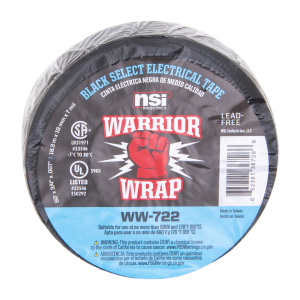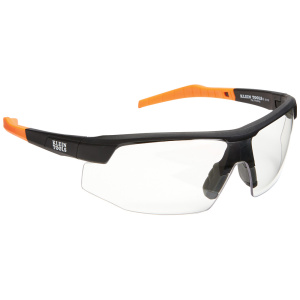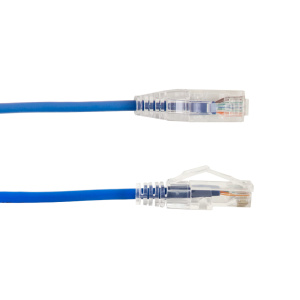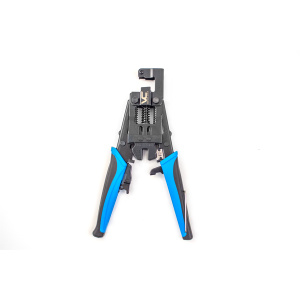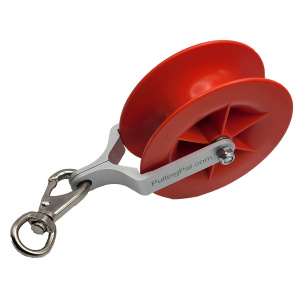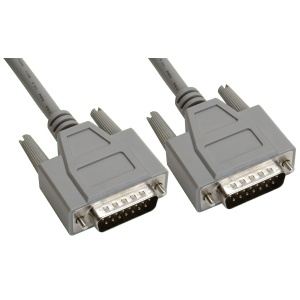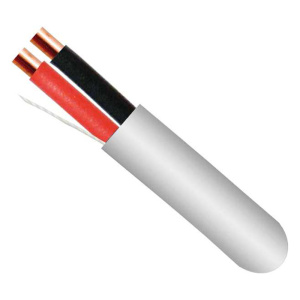If you are someone who works with multiple computers, servers, or devices, you may be familiar with the challenges that come with managing them all at once. One solution to this problem is to use a KVM switch. KVM stands for Keyboard, Video, and Mouse, and a KVM switch allows you to control multiple devices with a single keyboard, video display, and mouse. In this article, we will explore the different types of KVM switches and their uses, so you can find the right one for your needs.
Table of Contents
- Introduction
- What is a KVM Switch?
- Types of KVM Switches
- USB KVM Switches
- PS/2 KVM Switches
- HDMI KVM Switches
- DisplayPort KVM Switches
- DVI KVM Switches
- Factors to Consider When Choosing a KVM Switch
- Number of Devices
- Compatibility
- Resolution and Video Quality
- Distance
- Security
- How to Set Up a KVM Switch
- Advantages of Using a KVM Switch
- Conclusion
- FAQs
What is a KVM Switch?
A KVM switch is a device that allows you to control multiple computers or servers using a single keyboard, video display, and mouse. Instead of having to switch between different keyboards, displays, and mice, a KVM switch lets you switch between different devices seamlessly, saving time and effort.
KVM switches come in different types, each designed for different types of devices and setups. Let’s take a closer look at some of the most common types of KVM switches.
Types of KVM Switches
USB KVM Switches
A USB KVM switch is the most common type of KVM switch. It allows you to control multiple computers using a single USB keyboard, video display, and mouse. USB KVM switches are versatile and can support a wide range of devices, including laptops, desktops, and servers. They are also easy to set up and use, making them a popular choice for home and office use.
PS/2 KVM Switches
PS/2 KVM switches are less common than USB KVM switches but are still used in some setups. They allow you to control multiple devices using a single PS/2 keyboard, video display, and mouse. PS/2 KVM switches are often used in older setups that still rely on PS/2 connections. They may also be used in environments where USB devices are not allowed or are restricted.
HDMI KVM Switches
An HDMI KVM switch allows you to control multiple devices that use HDMI connections. This type of KVM switch is ideal for setups that use HDMI-enabled devices, such as gaming consoles, Blu-ray players, or home entertainment systems. HDMI KVM switches can support high-definition video and provide excellent video quality.
DisplayPort KVM Switches
A DisplayPort KVM switch allows you to control multiple devices that use DisplayPort connections. This type of KVM switch is commonly used in setups that require high-quality video, such as graphic design or video editing. DisplayPort KVM switches can support high-resolution displays and provide excellent video quality.
DVI KVM Switches
A DVI KVM switch allows you to control multiple devices that use DVI connections. This type of KVM switch is commonly used in setups that require high-quality video, such as gaming or multimedia setups. DVI KVM switches can support high-resolution displays and provide excellent video quality.
Factors to Consider When Choosing a KVM Switch
When choosing a KVM switch, there are several factors to consider. Let’s take a closer look.
Number of Devices
One of the most important factors to consider when choosing a KVM switch is the number of devices you need to control. Make sure the KVM switch you choose has enough ports to accommodate all your devices. If you plan on expanding your setup in the future, it may be a good idea to choose a KVM switch with extra ports to allow for future expansion.
Compatibility
It’s essential to ensure that the KVM switch you choose is compatible with your devices. Make sure to check the connections on your devices, such as USB, PS/2, HDMI, DVI, or DisplayPort, and choose a KVM switch that supports those connections. It’s also a good idea to check the operating systems of your devices and ensure that the KVM switch is compatible with those as well.
Resolution and Video Quality
If you plan on using a KVM switch for video-intensive applications, such as graphic design or video editing, you need to consider the resolution and video quality. Make sure the KVM switch you choose supports the resolution and video quality you need. HDMI and DisplayPort KVM switches are ideal for high-quality video applications.
Distance
Consider the distance between your devices and the KVM switch. If your devices are located far away from the KVM switch, you may need a KVM switch that supports long-range connections. Make sure to check the specifications of the KVM switch you choose to ensure it can support the distance between your devices.
Security
If you plan on using a KVM switch in a secure environment, such as a government agency or a financial institution, security is a crucial factor to consider. Look for KVM switches that support advanced security features, such as encryption and authentication, to ensure that your data is secure.
Pakakumi Crash Casino Game is quickly becoming a popular choice among online gaming enthusiasts. This unique game combines elements of traditional casino games with the thrill of a fast-paced experience. Players participate in a dynamic betting environment where they aim to cash out before the game crashes. The excitement lies in the unpredictability of each round, as the multiplier increases until it suddenly drops, and those still in the game lose their wagers.
What makes the Pakakumi Crash Game particularly engaging is its vibrant interface and interactive features, which keep players on the edge of their seats. Community aspects also play a significant role, as players often discuss strategies and share their experiences in real time. For those curious to explore this adrenaline-pumping game, more information can be found on the official website here: https://pakakumi.or.ke/. Whether you are a seasoned gambler or a newcomer seeking some excitement, the Pakakumi Crash Casino Game promises an exhilarating gaming experience that will keep you coming back for more.
How to Set Up a KVM Switch
Setting up a KVM switch is a straightforward process. Here are the basic steps:
- Connect the keyboard, video display, and mouse to the KVM switch.
- Connect the devices you want to control to the KVM switch.
- Power on the devices and the KVM switch.
- Use the KVM switch to switch between devices as needed.
Advantages of Using a KVM Switch
Using a KVM switch offers several advantages, including:
- Time-saving: With a KVM switch, you don’t have to switch between different keyboards, displays, and mice, saving time and effort.
- Space-saving: Using a KVM switch eliminates the need for multiple keyboards, displays, and mice, saving space on your desk.
- Cost-saving: Instead of buying multiple keyboards, displays, and mice, a KVM switch allows you to use a single set of peripherals for all your devices, saving money.
- Increased productivity: With a KVM switch, you can easily switch between devices, increasing productivity and reducing downtime.
Conclusion
In conclusion, a KVM switch is an essential tool for anyone who needs to control multiple devices. Choosing the right KVM switch requires considering factors such as the number of devices, compatibility, resolution, distance, and security. With the right KVM switch, you can save time, space, and money while increasing productivity and efficiency.
FAQs
- What is the difference between a USB and PS/2 KVM switch?
- A USB KVM switch allows you to control multiple devices using a single USB keyboard, video display, and mouse, while a PS/2 KVM switch uses PS/2 connections.
- What is the maximum distance between devices and a KVM switch?
- The maximum distance depends on the KVM switch’s specifications, but some KVM switches can support distances of up to 100 feet or more.
- Can I use a KVM switch for gaming?
- Yes, you can use a KVM switch for gaming. However, make sure to choose a KVM switch that supports high-resolution displays and fast refresh rates to avoid any lag or delay.
- Can I use a KVM switch with a wireless keyboard and mouse?
- Yes, you can use a KVM switch with a wireless keyboard and mouse. However, make sure to choose a KVM switch that supports wireless connections.
- What is the difference between HDMI and DisplayPort KVM switches?
- HDMI and DisplayPort are different types of video connections, and the main difference between them is the maximum resolution and refresh rate they support. DisplayPort KVM switches typically support higher resolutions and faster refresh rates than HDMI KVM switches.
